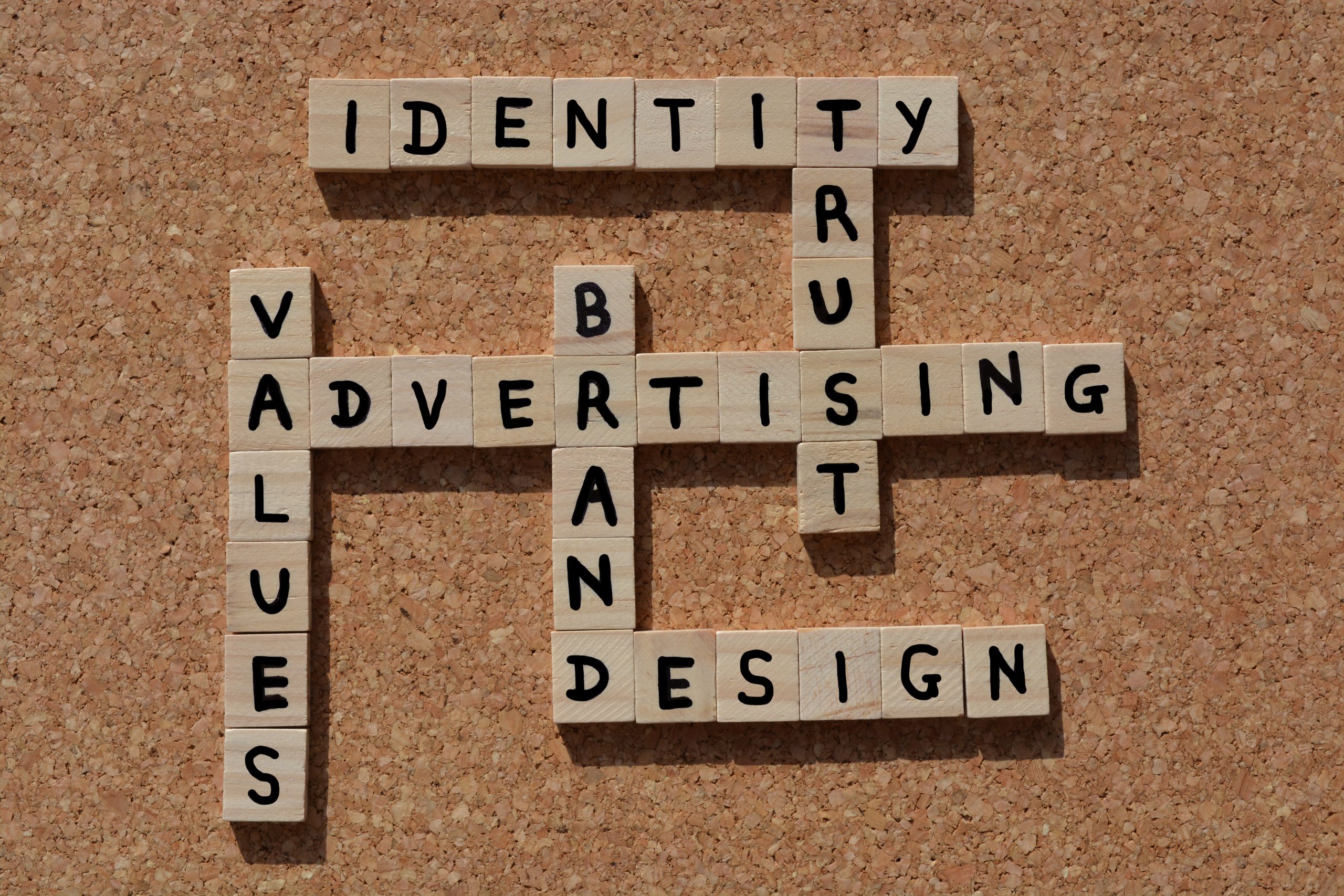Learning by repetition is an age old practice. Although it was greatly discouraged by our teachers and parents, yet I am sure many of us have resorted to this method to pass the examinations with flying colors. Well, it cannot entirely be categorized as an ill practice for after all, it did help us remember the answers. Similarly, when we learn to play any instrument, initially we need to look at the strings or the keys to play it. But with time and the increasing intensity of the training we learn to play them without even looking at the instrument. How is that possible? That is possible with the help of muscle memory. The more we see, touch or feel and experience a thing, the more it gets imprinted on our memory.
That is the exact same technique we must use to help our target audience remember us as a business when we want to become memorable in the world of business. As a business owner who is new in the market one needs to constantly make their presence felt. It is only when your brand name is repeatedly hammered into the conscious mind of the potential client that you can expect conversions. To leverage this purpose you have the Brand identities.
Let’s Define Brand Identities –
Very simply put brand identities are the visual, verbal, and emotional representations of a brand. In other words, these are the images, statements or representations of the brand that keep repeating in the minds of the target audience. They encompass a range of elements that come together to create a distinct and recognizable image for a company, product, or organization. Basically brand identity helps convey the brand’s personality, values, and essence to its target audience.
Why are Brand Identities Important?
If you are someone who is just starting off a business or even if you want to rethink the existing brand identity tool you are using, then knowing how these benefit you is crucial.
- Recognition and Uniqueness – A strong brand identity helps your business stand out in a crowded marketplace.
- Trust and Credibility – Trust is a crucial factor in purchasing decisions, especially for new or unfamiliar businesses. A consistent and professional brand presence helps create a sense of authenticity in the minds of the customers and make them to trust your products or services.
- Emotional Connect – This trust and credibility stimulates an emotional connect in the customers which in turn affects their sense of loyalty. Attaining loyal customers is one of the great achievement for any business owner. You can be certain that you have bagged a customer who will always buy your product or service.
- Consistency – Brand identity is the means by which a certain consistency is maintained in portraying the business to its audience. Customers are more likely to go for those brands that are consistent in how they present themselves, this consistency reinforces the message that the brand wants to convey. A customer on the other side is able to remember the brand better.
- Premium Pricing – A well-crafted brand identity can position your business as premium or high-quality, allowing you to charge higher prices for your products or services. Customers are often willing to pay more for brands they perceive as valuable or prestigious.
- Long-Term Growth – As your brand identity becomes more established, it can attract new customers and retain existing ones.
- Effective Marketing – Having a clear and consistent brand identity makes marketing efforts more effective. It simplifies the process of creating marketing materials, messaging, and campaigns because you have established guidelines to follow.
So you see how brand identities can help scale up your business and acts as a catalyst in attracting more customers. Now finally then let us take a look now at the key components of brand identity.
Components of Brand Identity
- Logo: The logo is like the face of the business. Since the sight is the most influential effect on the mind, the logo acts on the preliminary level to make a mark on the mind of the potential customers. This is the reason a logo is the most recognizable element of a brand identity. It is a symbol, mark, or graphic representation that is unique to the brand. Logos should be memorable and reflect the brand’s character. Logos could be any sign, pattern, shape, words or letters, images, mascot, etc. The color palette of the logo also plays an important part in creating that effect. Brands often have a specific set of colors associated with them. These colors should be consistent across all brand materials to create a cohesive look and feel.
- Imagery and Photography Style: The images and photographs used in branding materials should always align with the brand’s values and messaging. They can convey a sense of lifestyle, professionalism, or creativity, depending on the brand’s identity.
- Slogan or Tagline: I am sure you remember the tagline ‘Believe in the Best’; this belongs to the famous company BPL. In just four words they have been able to establish in the minds of their audience that they are the best in the market. It is hence, absolutely necessary that you have a catchy and memorable slogan or tagline for your business. A tagline often appears alongside the logo in marketing materials. Some of things that you need to take care of when deciding on a tagline include:
- Typography: The content you give for your brand plays a very important role in telling the audience what your core mission is, in just a phrase. Therefore, it is not just what is written but also it is written is vital to capture the attention of the masses. Brands choose specific fonts and typefaces for their written communication. This choice contributes to the brand’s personality and readability.
- Voice and Tone: Brands have a distinct voice and tone in their communication. The way you convey the message streamlines your potential customers. Some people may like the tone used in your branding, others may not like it. This in turn will determine your target audience. This relates to the style of language and messaging used in advertising, social media, and other content.
- Packaging Design: For consumer products, the design of packaging is a critical part of brand identity. Some criteria that need to be kept in mind when it comes to packaging design are:
- It should be visually appealing and
- It should reflect the brand’s character
- Website Design: Having a website for your brand is no longer a luxury but a necessity. It is one of the most influential branding identities. A brand’s website is a central component of its identity in this digital age. It is funny people who are not completely aware of this consider it to be just a trend that needs to be followed. However, that is not true at all. A website does much more than being a simply digital cosmetic touch to the business. The design and layout of the website of the business should be consistent with other branding elements.
- Marketing Collateral: The business cards, brochures, letter heads, and other printed materials that are used for marketing purposes as an age old practice are also types of brand identity. All of these should adhere to the brand’s visual identity guidelines.
- Environmental Design: When we talk about physical spaces such as retail stores or offices, brand identity can be expressed through interior design, signage, and decor. All of these must be very carefully chosen so that they do not look out of place and glaring yet pose an attractive and attention grabbing ability.
- User Experience (UX) and User Interface (UI) Design: For digital products and services, the user experience and interface are brand identities. These lend a consistency and visual identity to the brand. It conveys the professionalism and personality of the business. Any business that offers UI and UX design is customer centric. Customer satisfaction is of utmost value to them and hence they do not want to indulge into any providing any project without a roadmap.
So, now you can clearly understand how brand identities play a pivotal role in business growth. They are your tools to nurture customer loyalty, trust, and recognition. A strong and well-defined brand identity sets a business apart from competitors, making it more memorable and appealing to potential customers.
The emotional connect these brand identities create with consumers are a subtle way to influence their purchasing decisions. This is extremely effective in customer retention as well. A consistent brand identity across various touchpoints reinforces the brand’s image. The positive associations with the brand can lead to word-of-mouth referrals and customer advocacy, ultimately driving growth through increased sales and market share. I hope you were able to understand how you can incorporate such identities to help your business grow by leaps and bounds.




